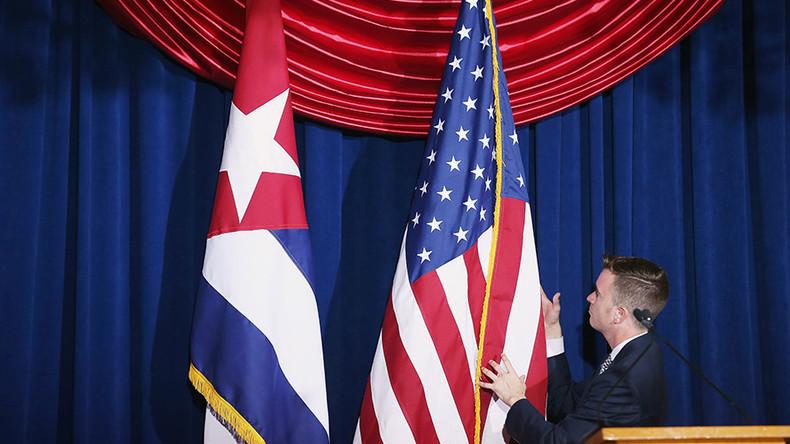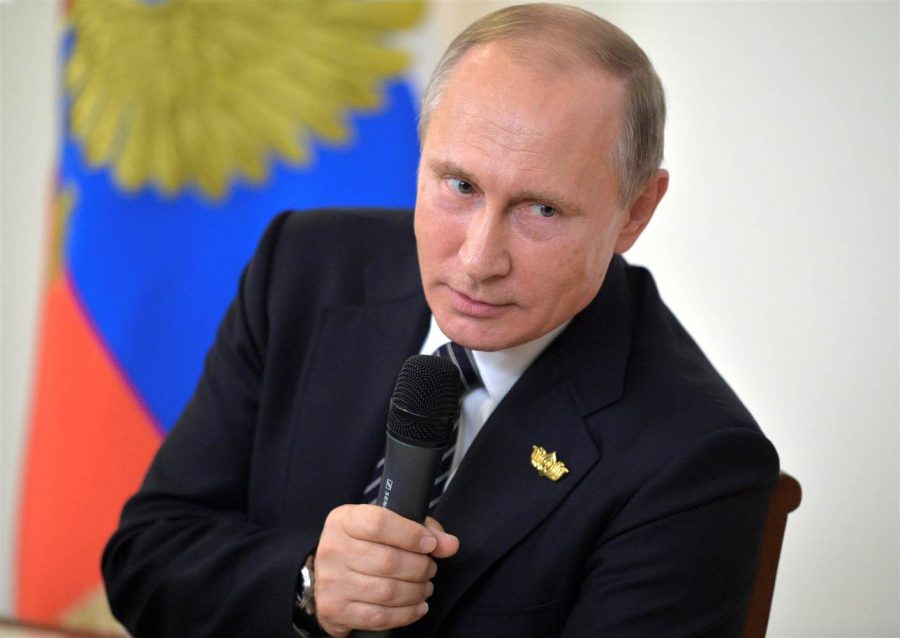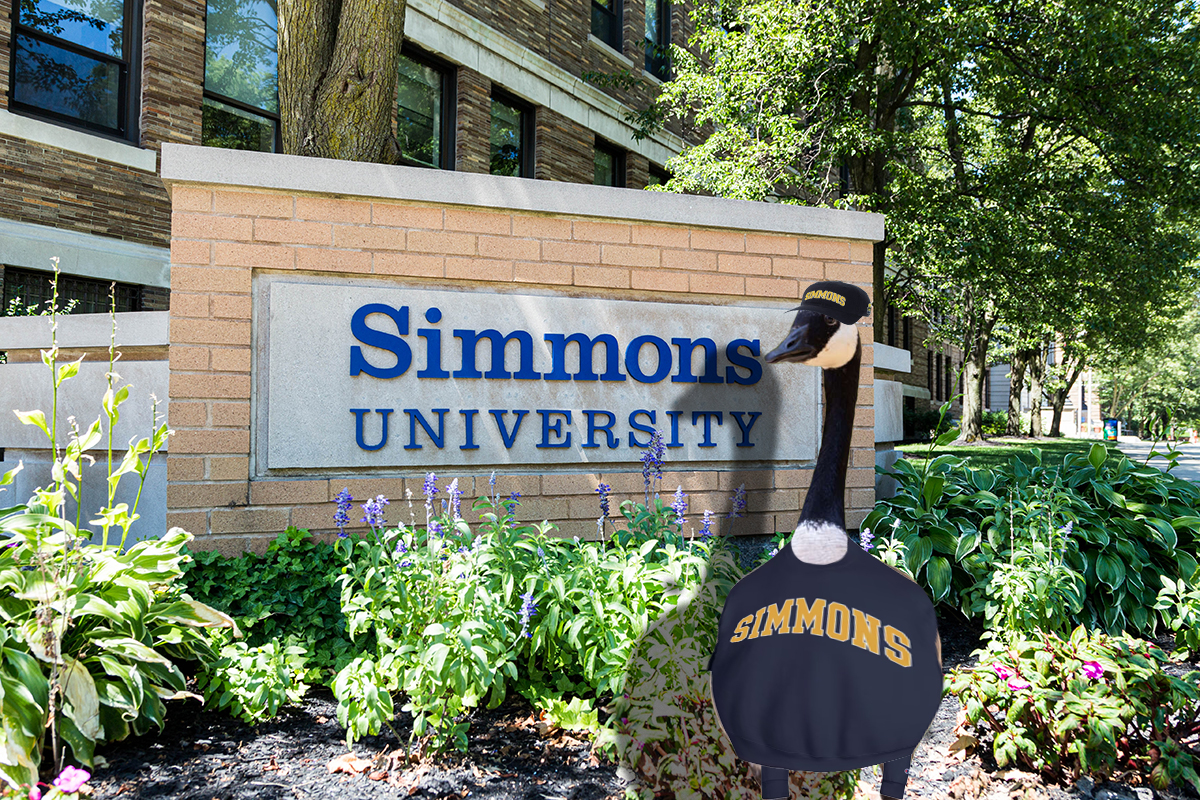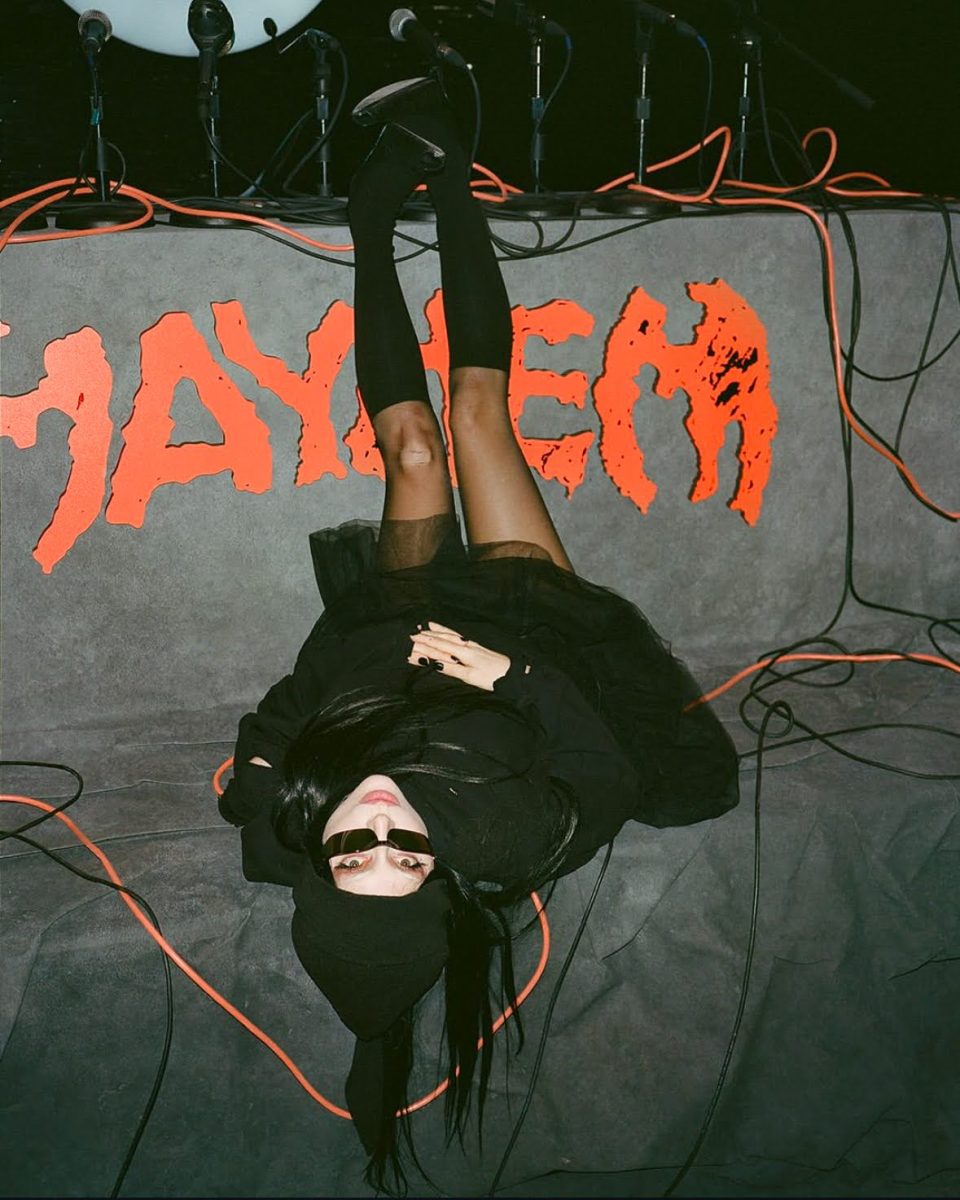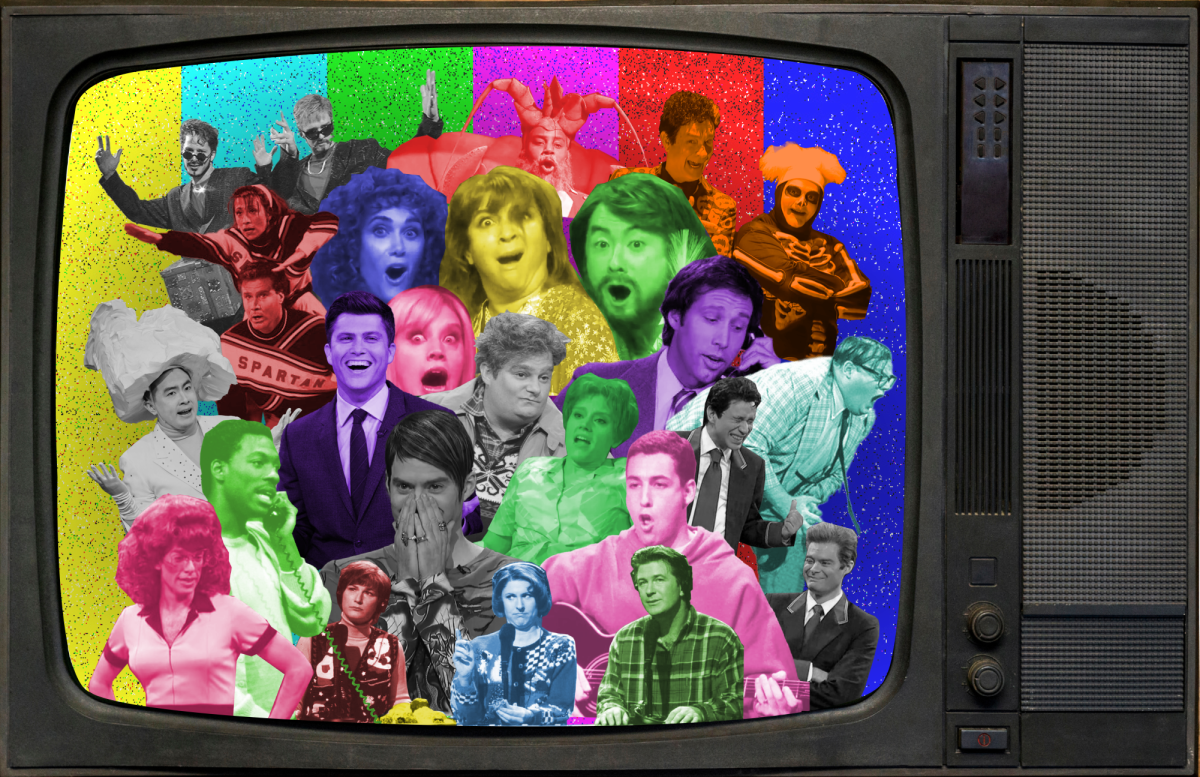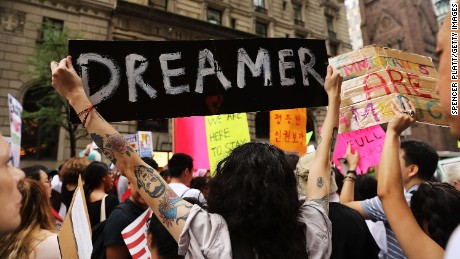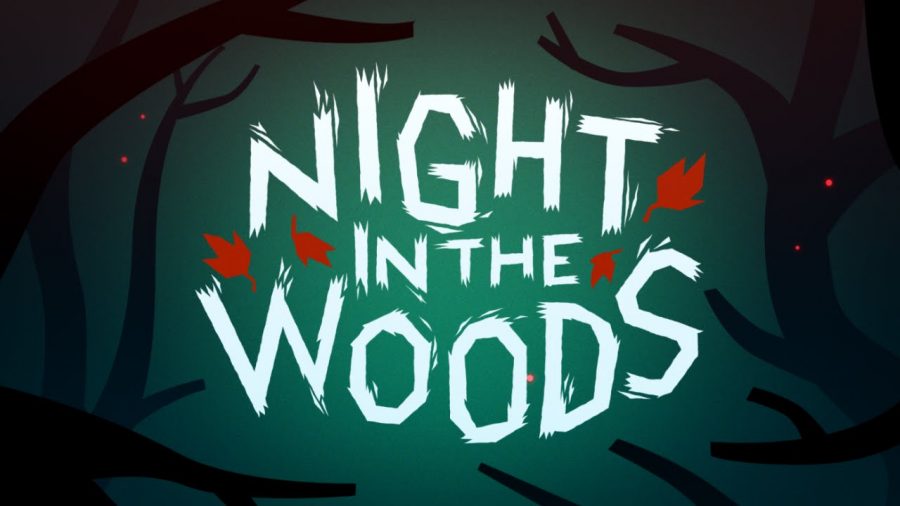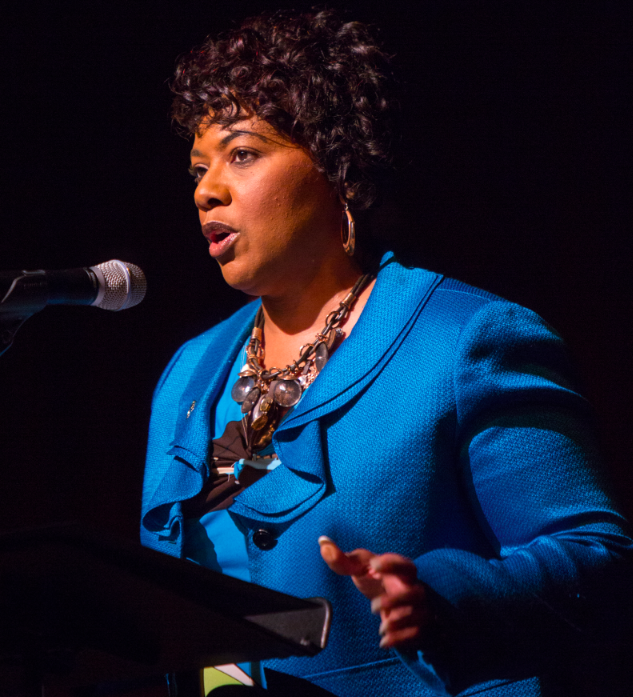By Simran P. Gupta
Contributing Writer
It’s easy to look at the books we consume as a reflection of the culture we live in today.
However, several paradoxes come to mind: the controversial feminist bestsellers, such as Roxane Gay’s “Bad Feminist,” Amy Poehler’s “Yes Please,” Sophia Amoruso’s “#Girlboss,” etc., contrasted with the still-present gender divides in the publishing industry is one of those paradoxes.
As with anything related to culture, nothing is ever black and white, and intersectionality is key. A rising concern, along with gender-related issues, has been multiculturalism in contemporary literature.
Those who seek shall find; it seems that genres across the board are popping up with more and more multicultural themes in their characters, storylines, and even authors.
No doubt, as readers pay more attention to diversity in books, criticism will abound as authors toe the fine line between writing about different cultures and turning characters into caricatures of those cultures. However, there are well-written, recently published books out there for readers who wish to explore cultures through literature.
Author Ruth Ozeki is a treat for fans of contemporary fiction. “A Tale for the Time Being” alternates between two protagonists: Ruth, who lives on an island off British Columbia; and Nao, a Japanese-American teen living in Tokyo. East meets west in this novel through the fluidity of time, Buddhist philosophy, and even some physics.

Ozeki shatters stereotypes and takes on big themes of time, death, cultural and historical awareness, and East Asian philosophy as she tells a tale centered on identity.
Readers on Amazon and Goodreads celebrate her “raw and honest approach to writing about her own culture,” according to one reviewer. “This was exciting to read because she handles issues of cultural identity expertly; the fact that she is an East Asian female writer can only mean good things for the diversifying of this genre.”
Ballerina Misty Copeland is eye-opening in her mission to bring diversity and cultural awareness to the world of ballet; her memoir, “Life in Motion: An Unlikely Ballerina” recounts her struggles as a passionate black dancer in a disproportionately white art.
“The fact that she told her story unapologetically was a large part of the book’s charm,” shared one reviewer on Goodreads. Her story is now being made into a documentary, and her memoir is an effort to change the lack of women of color in classical ballet.
Indeed, Copeland seems to have sparked a movement not only in classical ballet but in literature concerning ballet; this summer, a young adult novel, “Tiny Pretty Things,” was published that tackles issues of multiculturalism and diversity in ballet.
One of the three protagonists, Gigi, is the only black dancer at the American Ballet Conservatory; the second protagonist, June, struggles with her Korean heritage and cultural pressures in a culture where dancers of Asian descent are mocked and cast aside almost as often as women of color.
Written by two women of color, the book has “a tone of authenticity in the two protagonists; you can tell that they have experienced a lot of the prejudices themselves,” according to a reader’s review.
Multicultural stories are popping up across genres. Harper Lee’s examination of racial tension and identity in the controversial, recently released “Go Set A Watchman” is one example; an assessment of French parenting and European motherhood in Pamela Druckerman’s memoir “Bringing Up Bébé” is another.
Readers will scour the shelves eagerly and with a critical eye as the literature we consume shifts to pay attention to this important issue.





